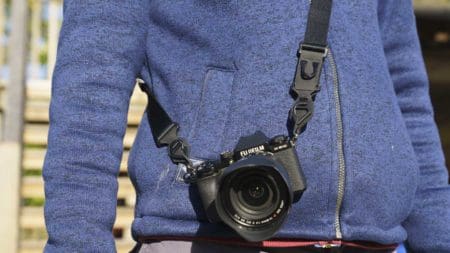The images on Photo Boards were captured using 3D scanning and this plus the high-resolution printing ensures they have a realistic appearance.
I have a couple of wood Photo Boards and the grain in them looks very natural.
They also have 1:1 reproduction which means that there aren’t any issues with scale when you’re shooting. However, be careful of going in very close with a macro lens at an angle to the Photo Boards as this may reveal that they are completely flat rather than textured. Of course, that’s not a concern if you’re shooting a flat lay.
Incidentally, it’s the 1:1 reproduction that means that not all of the Photo Boards designs are available in both sizes, some are only suited to the 60x60cm size
Although you need to take care with the angle and diffusion of artificial light to avoid a sheen on the surface of the Boards, they work extremely well with natural light.
Unlike wood and the porous tiles they appear to be, Photo Boards can be wiped clean, which makes them ideally suited to food photography and anything that creates a mess.
There’s a little flex to the boards but they are rigid enough to be stood upright. You just need a couple of bottles or a few books to keep them upright. Alternatively, a blob or two of Blu Tack will hold a Photo Board against a wall with its bottom edge resting on a worktop or table.
The 40x40cm boards are a good choice for smaller subjects, but the 60x60cm boards are a more versatile investment that justifies the extra cost.









